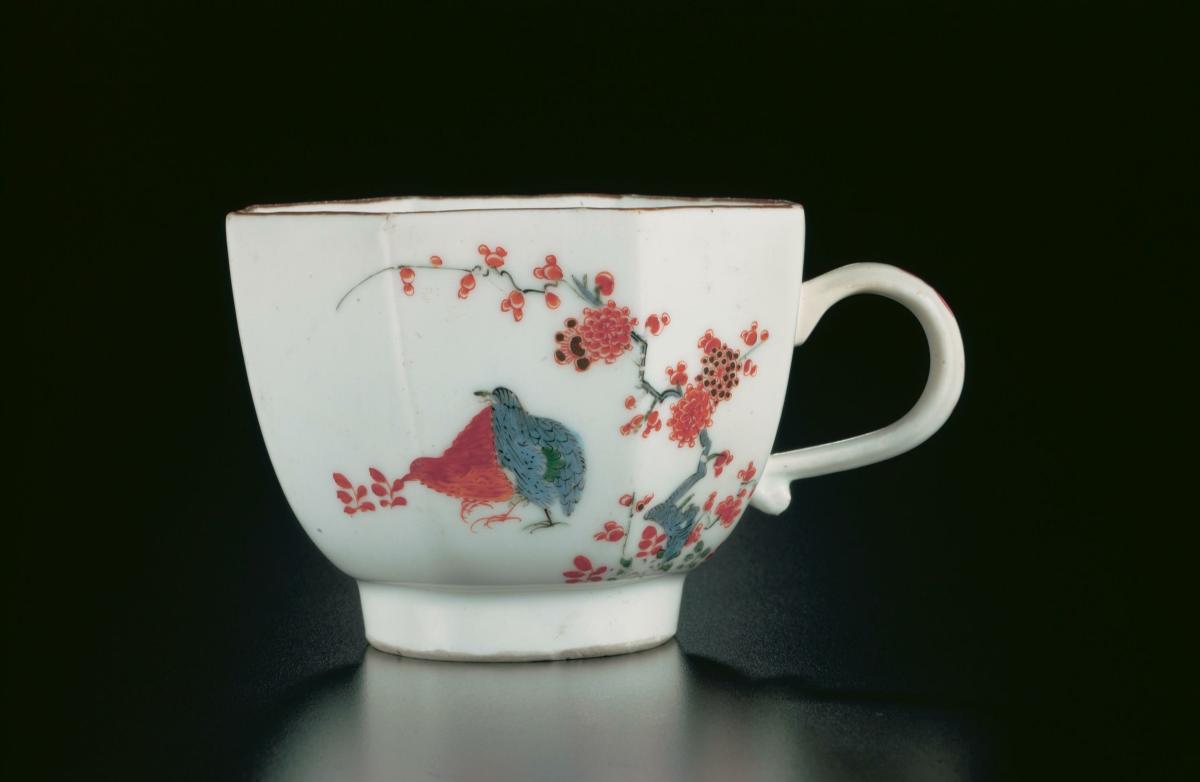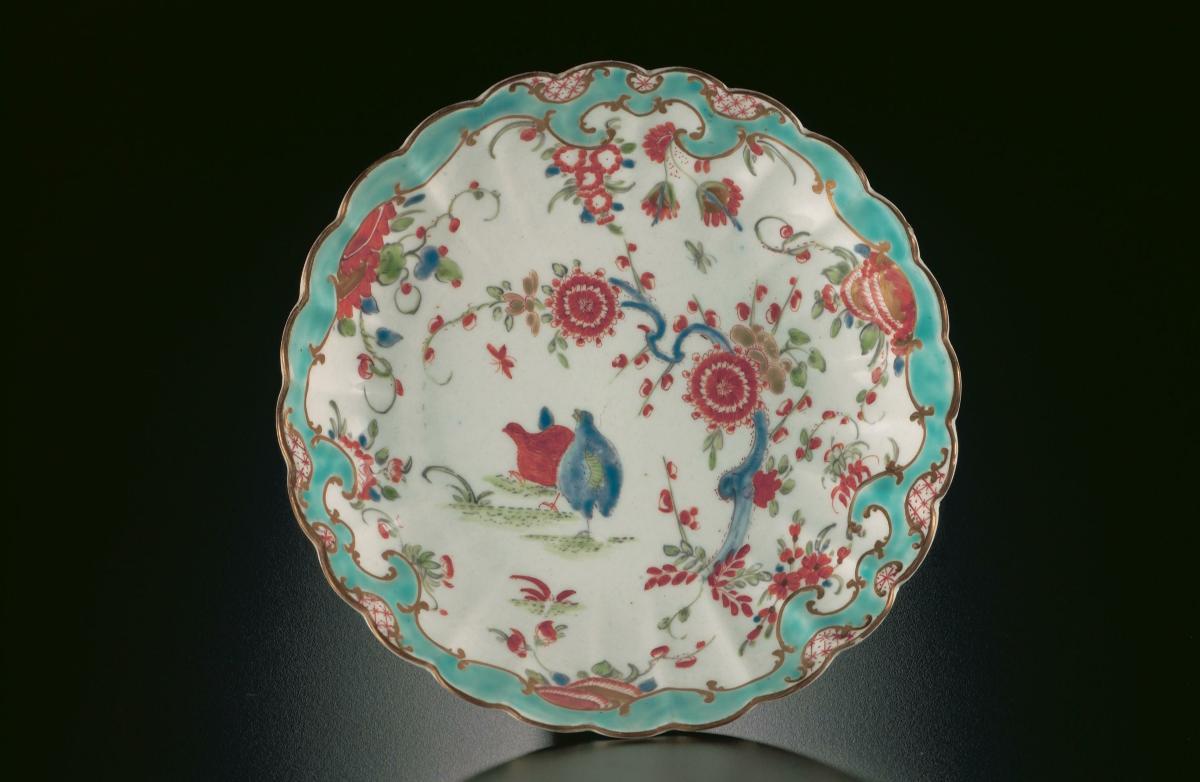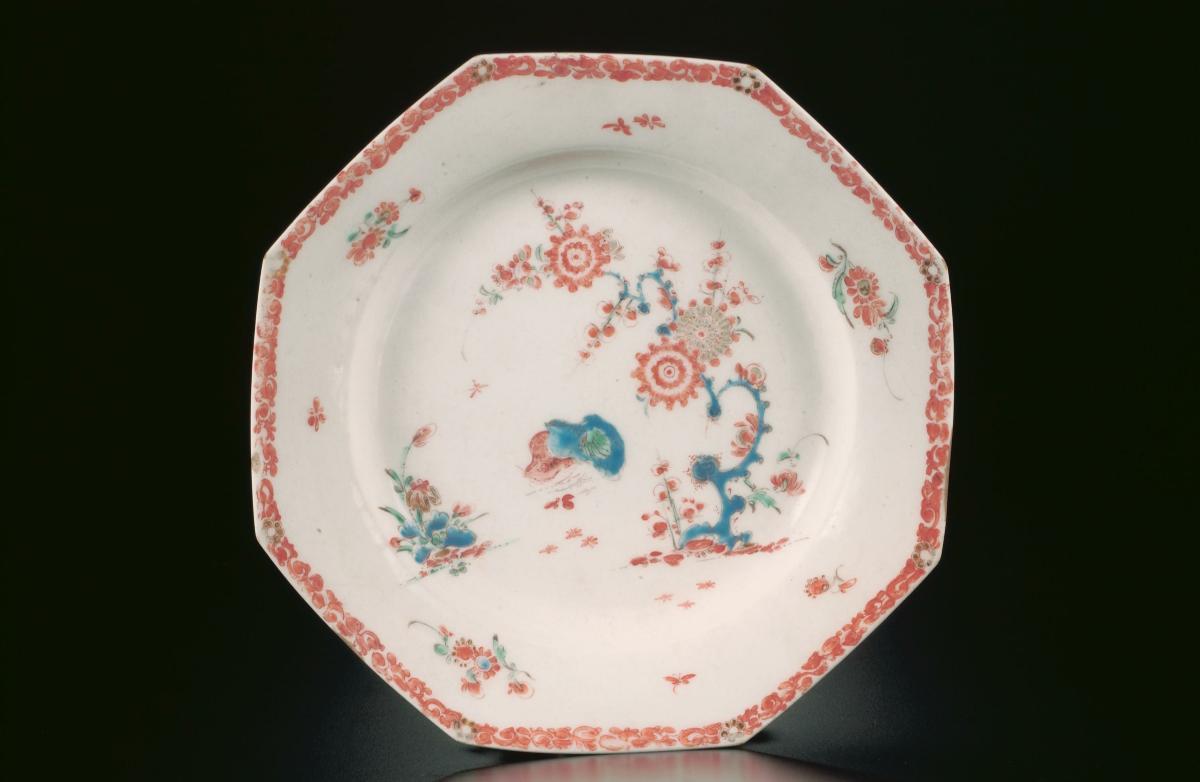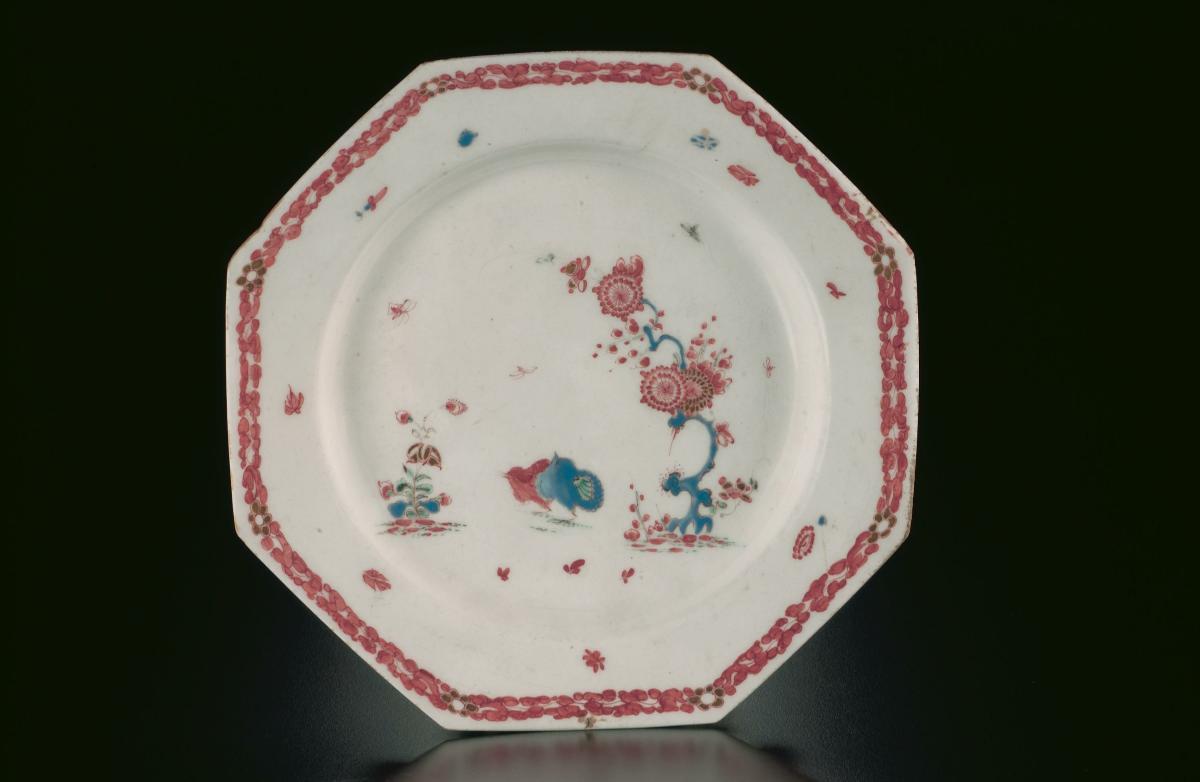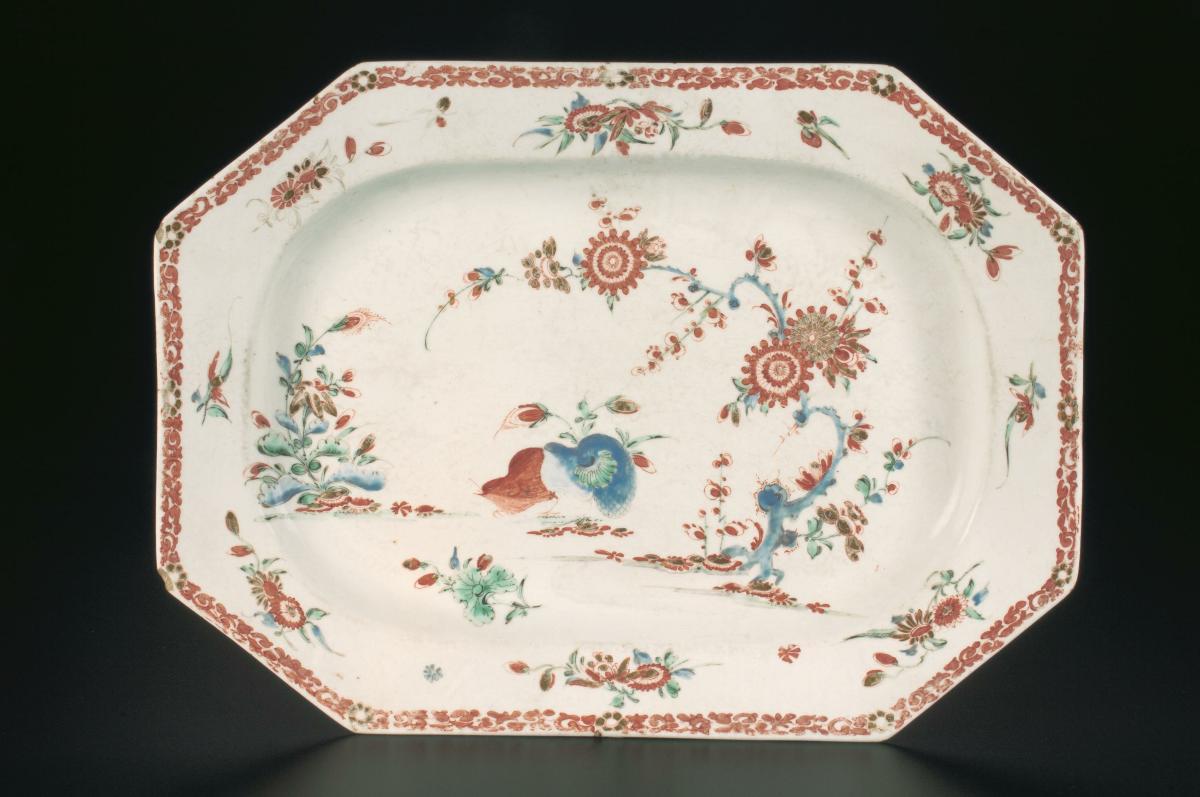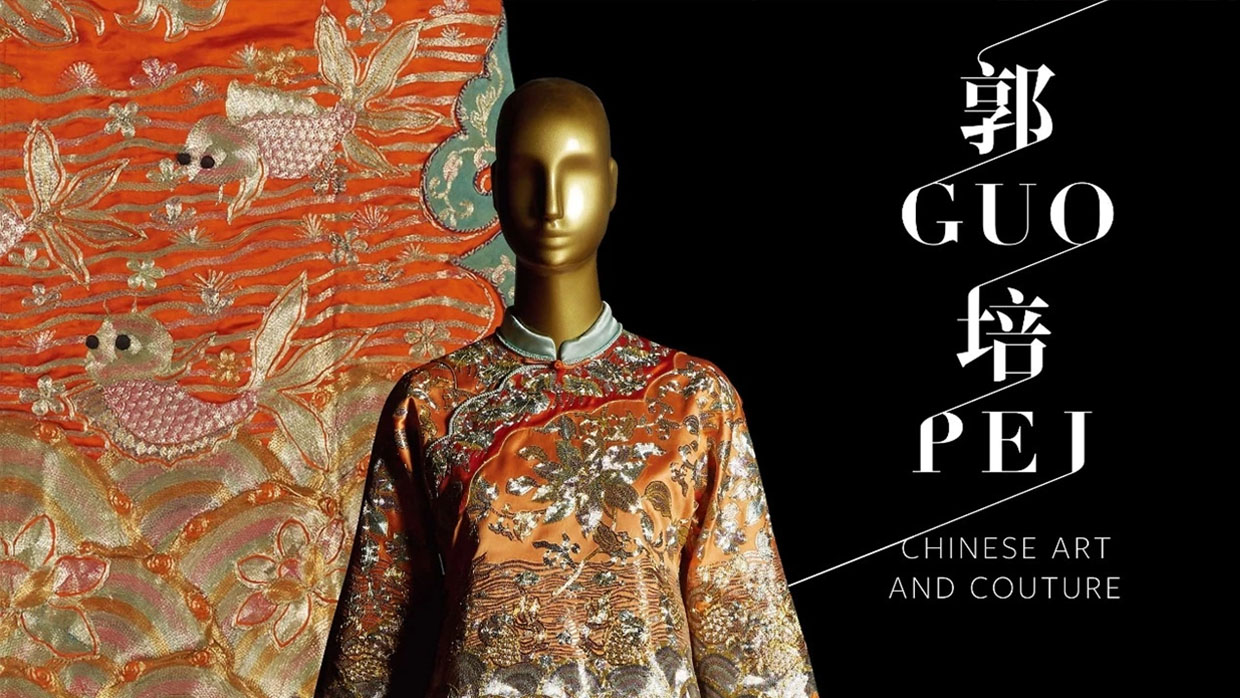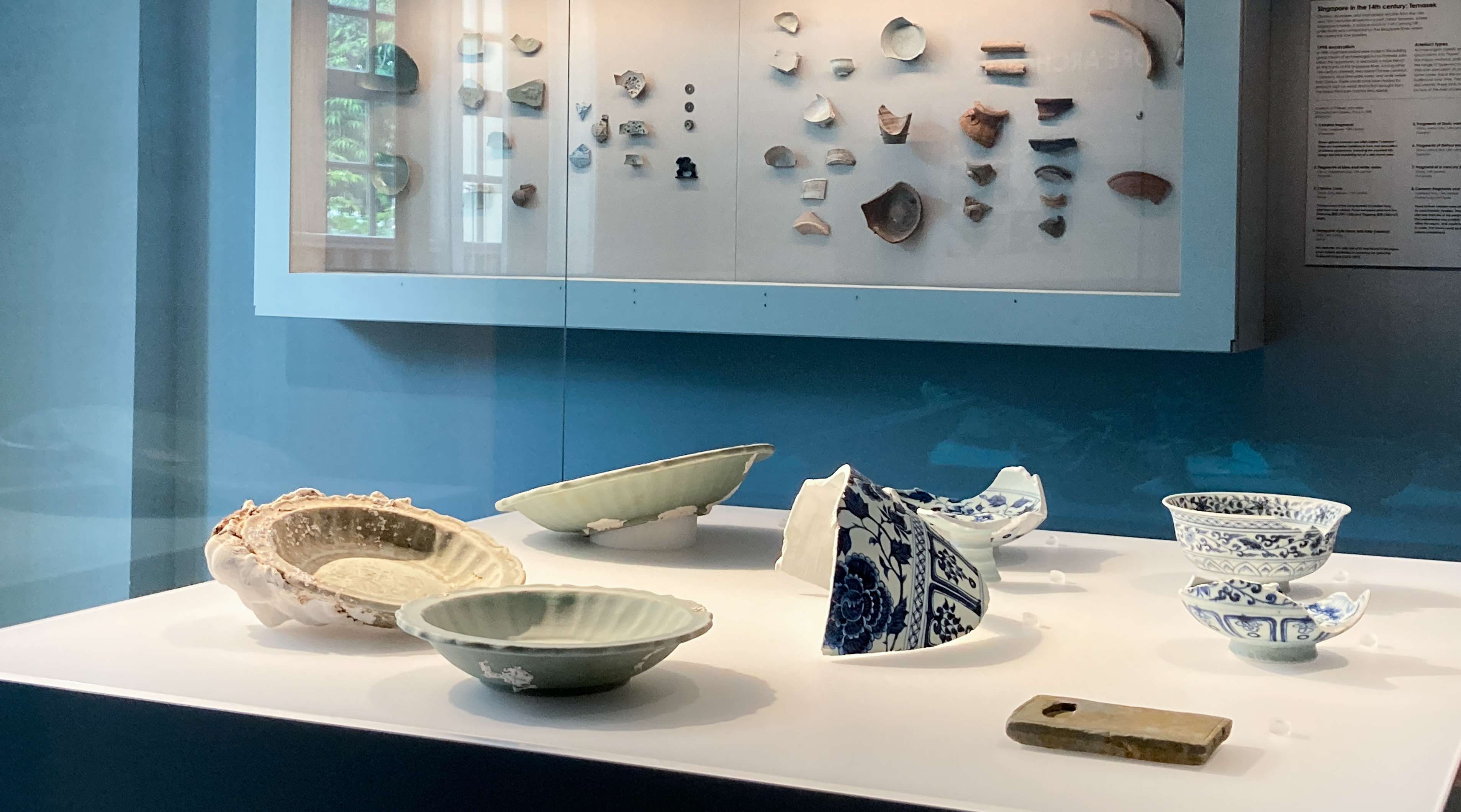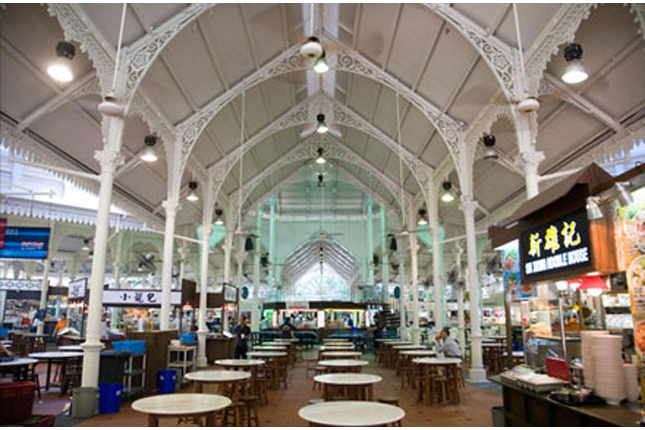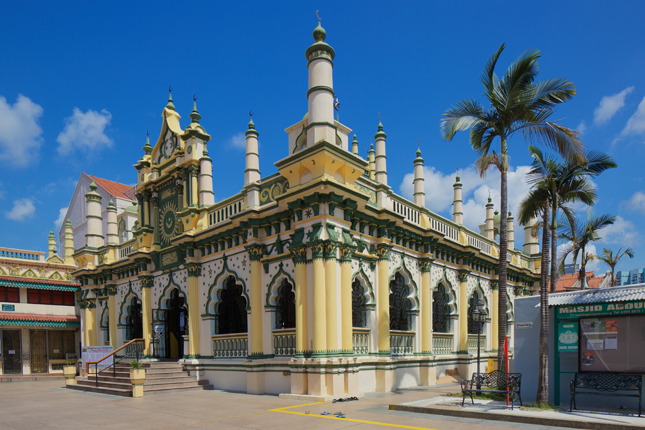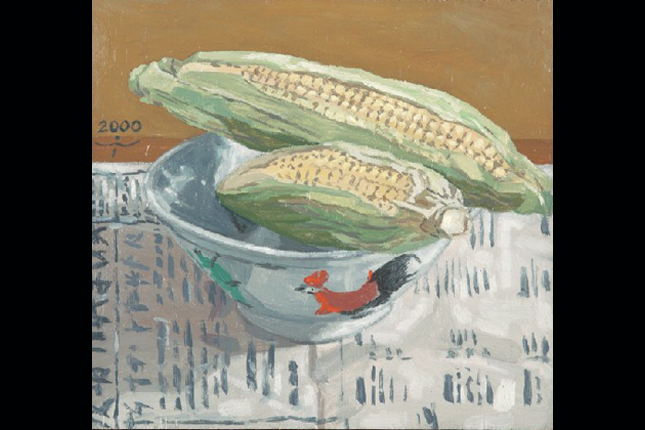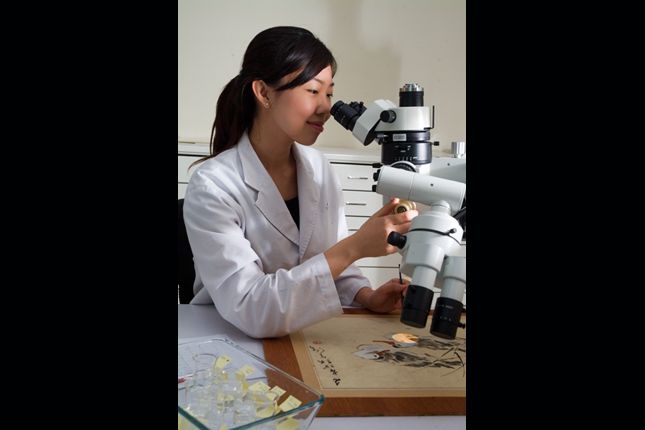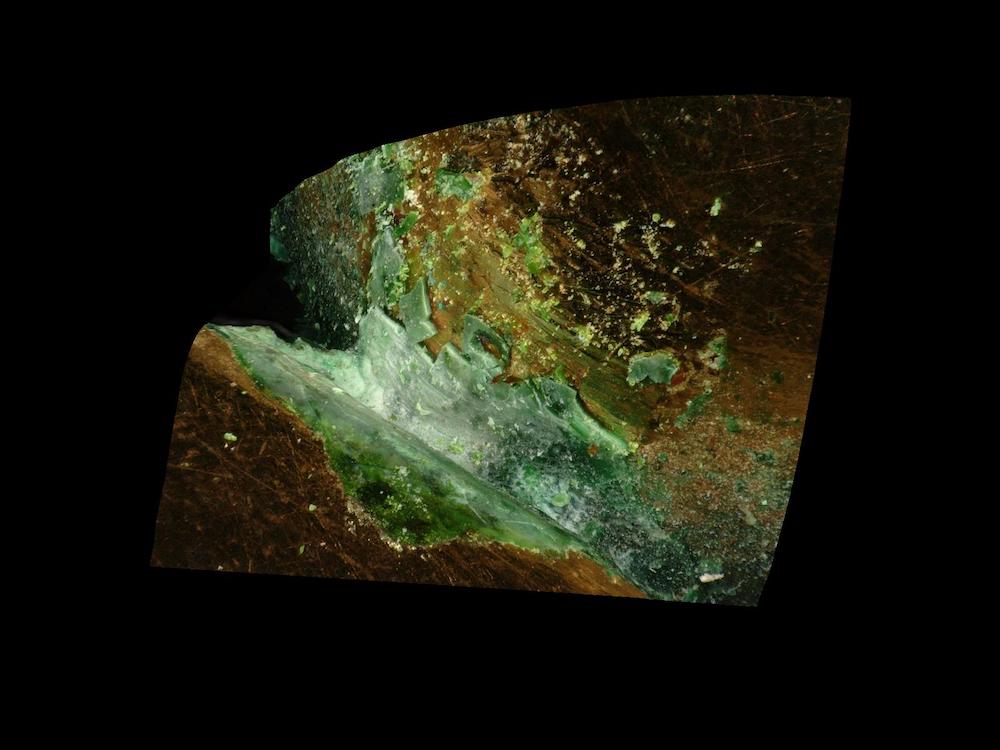This octagonal cup features the ‘quail’ pattern – a motif depicting one or two small birds with various flora, which was commonly found on Kakiemon porcelain. It is one of the most popular Japanese patterns adapted for use on European-made porcelain. There were various European versions of this pattern. The most common is the one displayed here. It shows a pair of birds, one in red and the other in blue, under a flowering prunus tree. The Kakiemon style had one of the greatest impacts on European ceramics. The porcelain was produced in the area of Arita in present-day Saga prefecture on Kyushu Island. Kakiemon is named after the potter, Sakaida Kakiemon (1596-1666), who was reputed to have pioneered the use of colour enamels on porcelain in Japan. The designs are finely painted in translucent overglaze enamels with large undecorated areas highlighting the distinctive milky-white body.




